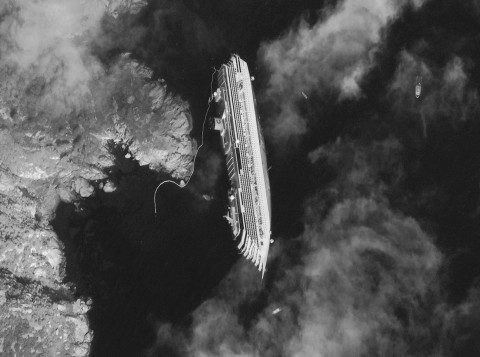In 1927, The Jazz Singer starring Al Jolson, one of the first great “talkies” to use synchronized singing and speech, hit American theaters and thrilled audiences. Knowing that change was afoot, Walt Disney spent $4,986 to create his first sound cartoon, Steamboat Willie (1928). Remembering the film many years later, Disney said:
The effect on our little audience was nothing less than electric. They responded almost instinctively to this union of sound and motion. I thought they were kidding me. So they put me in the audience and ran the action again. It was terrible, but it was wonderful! And it was something new!
These technical innovations make Steamboat Willie rather legendary. But the film retains landmark status for another reason. It marked the first public debut of Mickey Mouse and his girlfriend Minnie, two of the most recognized cartoon characters worldwide. Ub Iwerks, the celebrated Disney animator, first brought Mickey to life, and we have been living with him ever since — although, as you will see, his personality has softened over time.
You can see Mickey starring in two other early animations: Plane Crazy (1929) where the Mouse imitates America’s hero at the time, Charles Lindbergh. And The Gallopin’ Gaucho, another 1928 release.
Steamboat Willie appears in the Animation Section of our collection, 4,000+ Free Movies Online: Great Classics, Indies, Noir, Westerns, Documentaries & More.
If you would like to sign up for Open Culture’s free email newsletter, please find it here. It’s a great way to see our new posts, all bundled in one email, each day.
If you would like to support the mission of Open Culture, consider making a donation to our site. It’s hard to rely 100% on ads, and your contributions will help us continue providing the best free cultural and educational materials to learners everywhere. You can contribute through PayPal, Patreon, and Venmo (@openculture). Thanks!
Related Content:
How Walt Disney Cartoons Are Made
The Making of a Nazi: Disney’s 1943 Animated Short
Destino: The Salvador Dalí – Disney Collaboration 57 Years in the Making
Gertie the Dinosaur: The Mother of all Cartoon Characters


